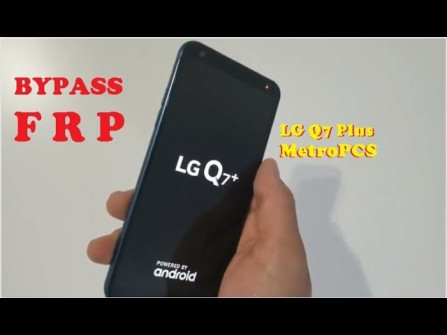

FLORA also increases the agreement between observers and allows a quantitative evaluation of transmurality.

The best results were obtained from the classification of ischemic myocardial damage, which was correctly identified in 85%-95% of cases. ResultsįLORA identified both ischemic and non-ischemic myocardial lesions in almost all cases (80/80 and 79/80 for the double-Gaussian fit method and fixed-shift method, respectively, with sensitivity and specificity of 100%/98.8% and 55%/50%, respectively). FLORA’s performance was compared to the radiologist’s evaluation. We have retrospectively selected 120 CMR exams: 40-ischemic with evident scar tissue on LGE sequences 40-non-ischemic cardiomyopathy 40-any myocardial alteration on CMR, especially on LGE sequences.
#Lge tool latest version software#
We build an automatic self-made free software FLORA (For Late gadOlinium enhanced aReas clAssification) for the recognition, classification and quantification of LGE areas that allows to improve the observer's performances and that homogenizes the evaluations between different operators.

Radiol Med 125(11):1013–1023.Today there is a growing interest in the quantification of late gadolinium enhancement (LGE) in ischemic and non-ischemic cardiac pathologies. Įsposito A, Gallone G, Palmisano A, Marchitelli L, Catapano F, Francone M (2020) The current landscape of imaging recommendations in cardiovascular clinical guidelines: toward an imaging-guided precision medicine. īecker M, Cornel JH, van de Ven PM, van Rossum AC, Allaart CP, Germans T (2018) The prognostic value of late gadolinium-enhanced cardiac magnetic resonance imaging in nonischemic dilated cardiomyopathy: a review and meta-analysis. Pradella S, Grazzini G, De Amicis C, Letteriello M, Acquafresca M, Miele V (2020) Cardiac magnetic resonance in hypertrophic and dilated cardiomyopathies. Kim RJ, Fieno DS, Parrish TB, Harris K, Chen EL, Simonetti O, Bundy J, Finn JP, Klocke FJ, Judd RM (1999) Relationship of MRI delayed contrast enhancement to irreversible injury, infarct age, and contractile function. Moon JC, Reed E, Sheppard MN, Elkington AG, Ho SY, Burke M, Petrou M, Pennell DJ (2004) The histologic basis of late gadolinium enhancement cardiovascular magnetic resonance in hypertrophic cardiomyopathy. FLORA also increases the agreement between observers and allows a quantitative evaluation of transmurality.įLORA has proven to be an applicable tool that improves and facilitates the classification of LGE areas allowing their quantification.Ĭardiac radiology Ischemic cardiomyopathies Late gadolinium enhancement (LGE) Magnetic resonance imaging (MRI) Non-ischemic cardiomyopathies Quantification software. FLORA's performance was compared to the radiologist's evaluation.įLORA identified both ischemic and non-ischemic myocardial lesions in almost all cases (80/80 and 79/80 for the double-Gaussian fit method and fixed-shift method, respectively, with sensitivity and specificity of 100%/98.8% and 55%/50%, respectively).

Today there is a growing interest in the quantification of late gadolinium enhancement (LGE) in ischemic and non-ischemic cardiac pathologies.


 0 kommentar(er)
0 kommentar(er)
